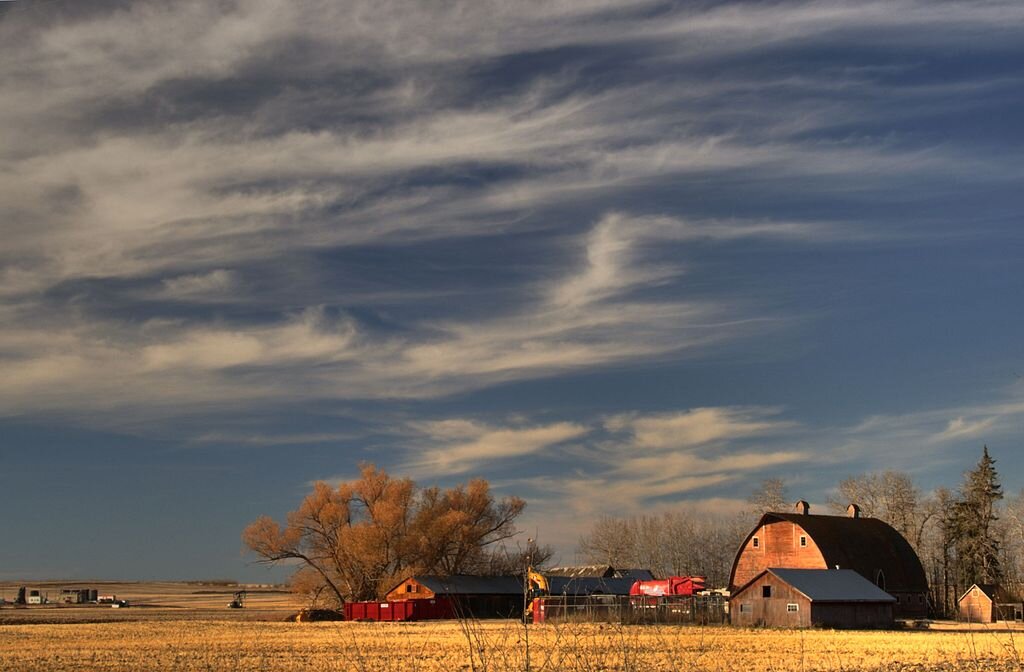1 September 2021
Because they are settler-colonist creations, provincial or state names generally have no corresponding Indigenous names, and that is true for Alberta. However, the area that now houses the Calgary, Alberta’s largest city, is known in the Blackfoot language as Mohkinsstsis (elbow), after the bend in the Bow river that runs through the city.
Alberta itself, then a province of the Northwest Territories, was named in 1882 after Princess Louise Caroline Alberta, fourth daughter of Queen Victoria and wife of the then governor-general of Canada. The naming was recorded in Dundee, Scotland’s Evening Telegraph on 19 December 1882:
It has been decided that the country situated between the western limits of Manitoba and the eastern boundary of British Columbia shall be divided into four territorial divisions, name respectively, Assiniboia, Saskatchewan, Alberta, and Athabaska.
Alberta became a province in 1905.
Sources:
“Canada.” Evening Telegraph (Dundee, Scotland), second edition, 19 December 1882, 3. Gale Primary Sources: British Library Newspapers.
Everett-Heath, John. Concise Oxford Dictionary of World Place Names, sixth ed. Oxford: Oxford UP, 2020. Oxfordreference.com.
Oxford English Dictionary, third edition, September 2012, modified March 2019, s.v. Albertan, n. and adj.
Pearce, Margaret Wickens. Coming Home to Indigenous Place Names in Canada (map). Canadian-American Center, University of Maine, 2017.
Rayburn, Alan. Oxford Dictionary of Canadian Place Names. Don Mills, Ontario: Oxford UP Canada, 1999.
Photo credit: WinterforceMedia, 2008. Public domain image.

